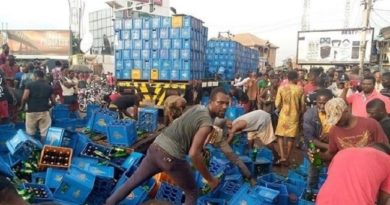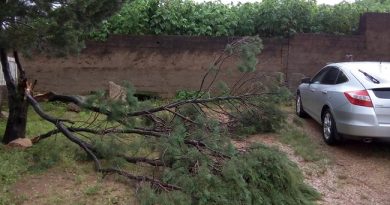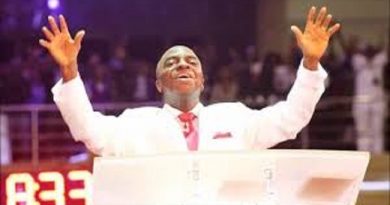20 Things You Need To Know About The Proposed Lagos 4th Mainland Bridge
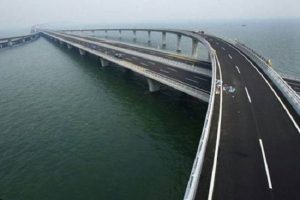
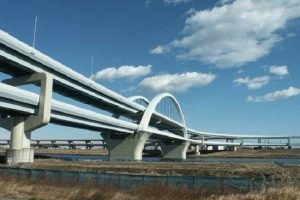
In line with the Lagos mega city project, the forth mainland bridge plan has been ongoing dating back to 2003, during the Jagaban Bola Ahmed Tinubu’s administration,
Below are twenty (20) things you should know about the Forth Mainland Bridge:
- The idea for a 4th Mainland Bridge was first mooted in 2003 during the administration of Bola Ahmed Tinubu.
- The bridge is intended to provide the required transportation to complement the rapidly growing industrial activities on the Eti-Osa – Lekki – Epe corridor of Lagos State.
- The bridge is also intended to drastically reduce traffic volume on Eko, Carter and Third Mainland Bridges.
- The conceptual design for the 4th Mainland bridge was done by renowned indigenous architecture studio NLÉ Works.
- In 2008, the conceptual design for the 4th Mainland bridge was approved by the Lagos state government.
- The Bridge was designed to be a 38km bridge and expressway with a design speed of 140 km.
- The bridge is designed to be a two-level bridge. The upper level will function as a means for vehicular traffic. Its lower level will stimulate and accommodate pedestrian, social, commercial and cultural interactions.
- The Bridge would be made up of eight (8) interchanges to facilitate effective interconnectivity between different parts of the State.
- The proposed alignment passes through Lekki, Langbasa and Baiyeiku towns along the shoreline of the Lagos Lagoon estuaries, further running through Igbogbo River Basin and crossing the Lagos Lagoon estuaries to Itamaga Area in Ikorodu. It then crosses the Itoikin road and the Ikorodu – Sagamu Road to connect Isawo inward Lagos Ibadan Expressway at Ojodu Berger axis.
- The bridge will be a Four-lane dual carriageway with each comprising 3 lanes and 2metres hard shoulder on each side.
- The bridge will be constructed to have a generous median to allow for both future carriageway expansion and light rail facility.
- No fewer than 800 structures and shanties have been identified to be destroyed to allow for the construction of the proposed 4th Mainland Bridge project. The inhabitants of affected structures will be compensated and/or relocated.
- The 4th Mainland Bridge will be the first construction project (long-span bridge and expressway) of this magnitude that would be embarked upon without Federal funding.
- The project would be funded solely (concession) by the private sector.
- On 25 May 2016, Governor Akinwunmi Ambode signed an MoU with a consortium of firms and finance houses for the financing and construction of the 4th mainland bridge.
- The consortium of firms that were engaged to finance and construct the bridge included Visible Asset Limited, Julius Berger Nigeria Plc, Africa Finance Corporation (AFC) and Access Bank, Hi-tech Construction Limited, Eldorado Nigeria Limited, Nigerian Westminster Dredging and Marine and J.P. Morgan. Visible Assets Limited would be the coordinating firm.
- The contract cost for the construction of the 4th Mainland Bridge was N844bn.
- When completed, the Fourth Mainland Bridge would be will be the longest in Africa. Currently, the 6 October Bridge, Cairo, Egypt (20.5 km) holds the continent’s length-crown.
- On 22 May 2017, the Lagos State Government announced that it had cancelled the contract it had signed to with a consortium of firms for the construction of the 4 Mainland Bridge. The delay in commencement by the concessionaire was the reason behind the termination of the contract.
- On 17 Aprill 2008, the Governor Ambode-led government announced that a new concessionaire will be announced in June 2018. No concessionaire has since been announced. and on January 2019, during an election campaign, the Lagos State governorship candidate of All Progressive Congress (APC), Babajide Sanwo-Olu said the construction of Fourth Mainland Bridge would not be his priority if elected but he is hopeful that it could be awarded and be completed in his second term by the grace of God, he concluded.












